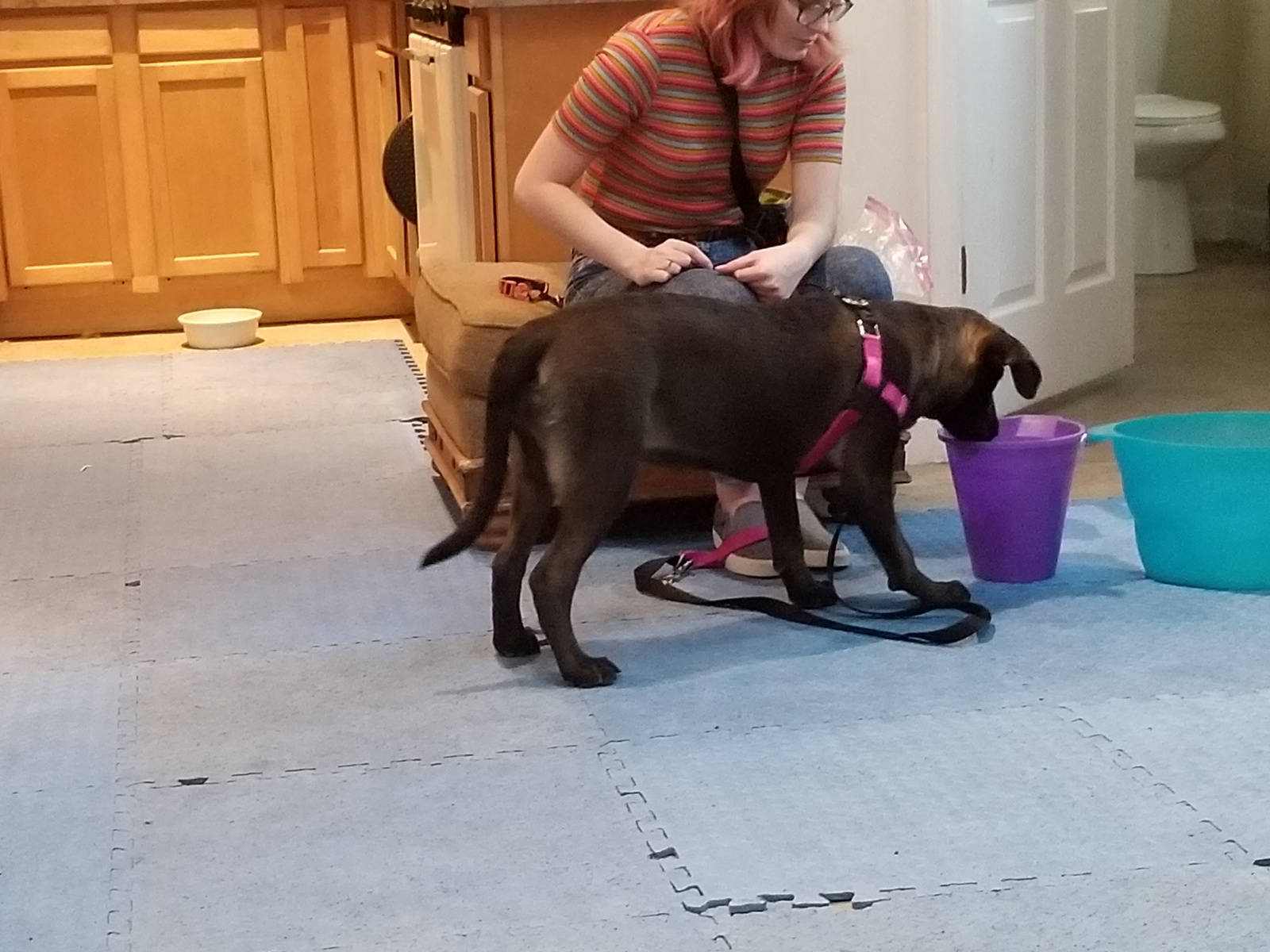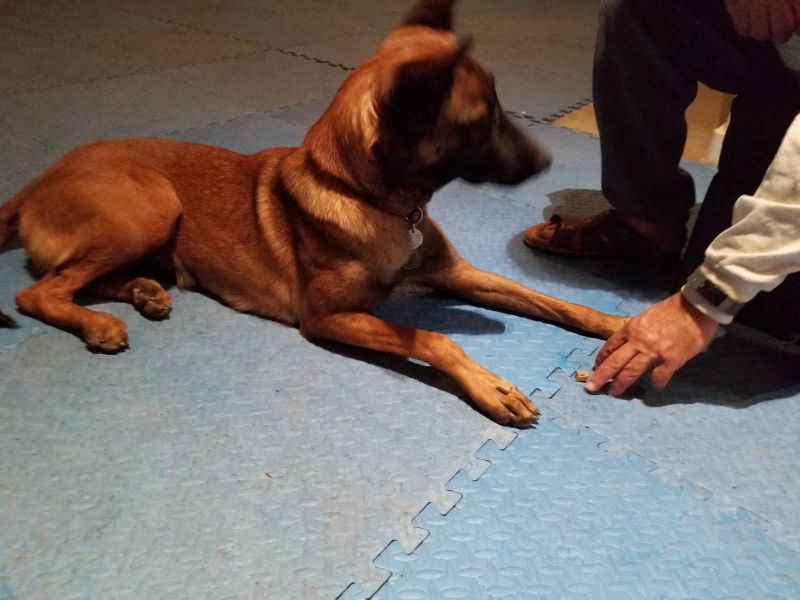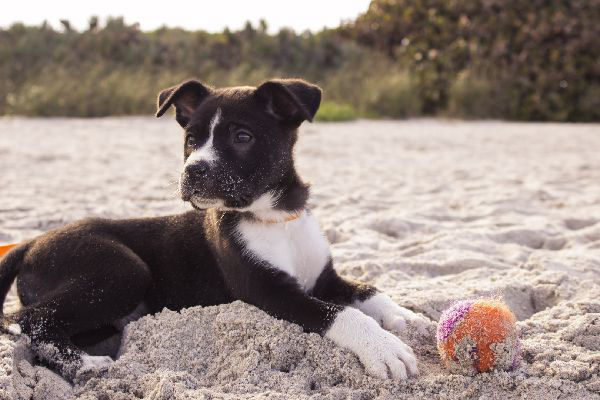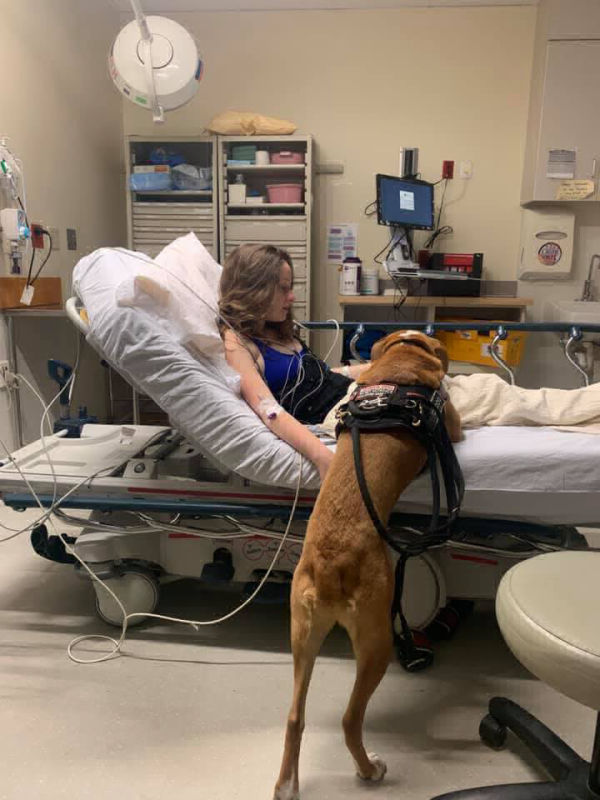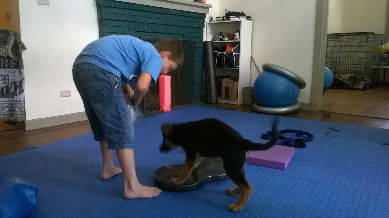
Training Your Service Dog Booklets
By Federal definition, a service dog does not have to be trained by a specific set of trainers. There are no certifications required for either the trainers or the dogs.
The only requirements the ADA has are that the dog is trained to do tasks for a disabled person and that those tasks directly relate to the disability. Included is being potty trained and in control, either self control or controlled by the handler.
It is perfectly legal to train your own service dog. Our books will assist you in doing that. If you need additional help, we are always available via Skype or Facebook video chat.
All Service Dog Training books are $15 for a PDF or $20 for a printed book. If you want a complete set of books, just press the button below. Price for the complete set is 10% off.


